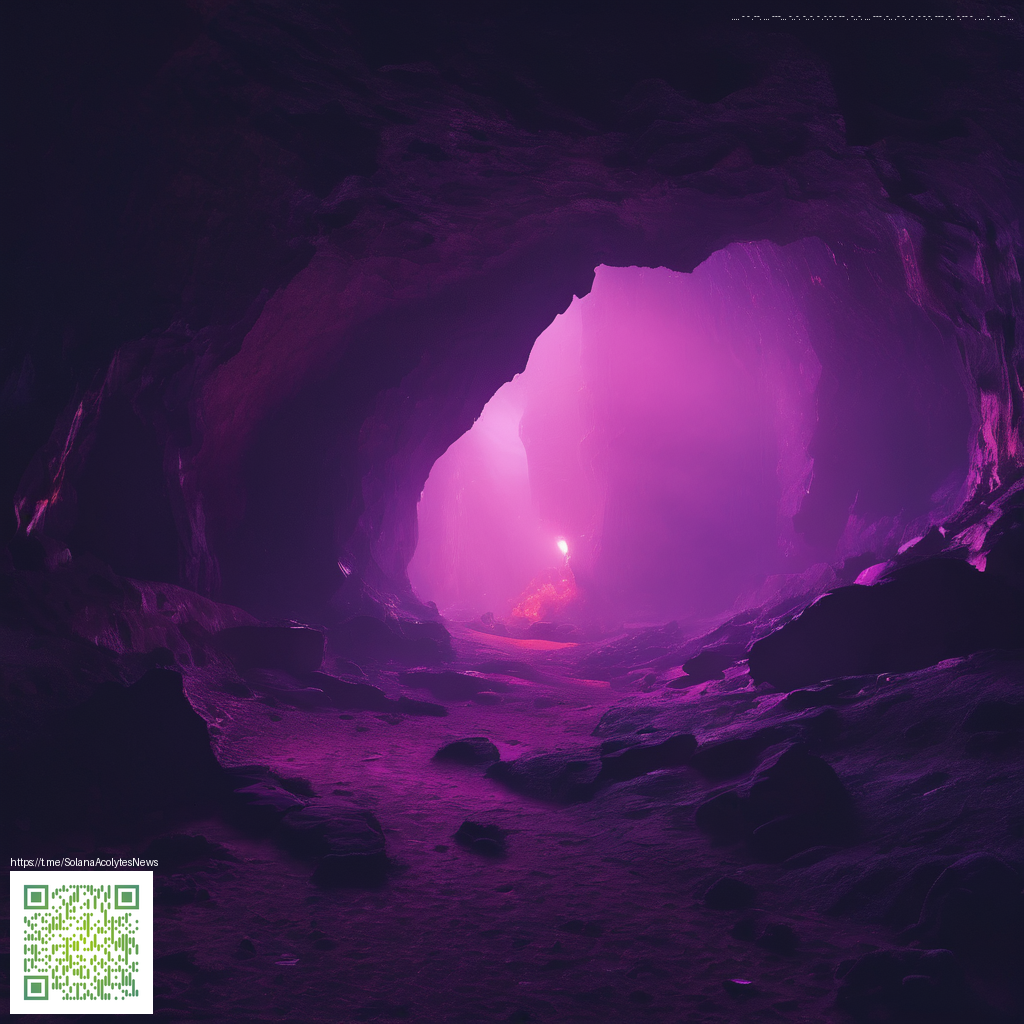Understanding NFT Rarity in Gaming Collectibles
NFTs have reshaped how players think about ownership in digital worlds, and rarity sits at the center of that conversation. The idea of owning something truly scarce is appealing, but in gaming ecosystems it’s only one piece of a larger puzzle. Rarity interacts with game design, economics, and community sentiment to influence value, decision-making, and even how you experience a title over time.
What rarity actually represents in play-to-earn and collectible ecosystems
Rarity is often defined by a blend of trait combinations, edition size, minting timing, and the context in which a drop happened. A skin, card, or weapon might be considered rare because it combines distinctive traits that few others possess, or because the production run was intentionally limited. Some projects add a dynamic layer—traits that evolve with seasons or achievements—so the perceived rarity can shift as the game grows. This fluidity is part of what keeps marketplaces lively, but it also makes clear-eyed research essential before committing.
“Rarity should inform decisions without overshadowing the game's enjoyment or the item's practical utility.”
Common models you’ll encounter
- Fixed-supply editions with clearly labeled rarity tiers (e.g., common, rare, epic, legendary)
- Randomized drops where each trait has weighted probabilities, creating unpredictable, exciting outcomes
- Edition-based drops, such as 1 of 100 or 1 of 5, emphasizing exclusivity
- Dynamic or evolving NFTs that gain or lose value as the game evolves
- Cosmetic-only items versus assets that confer in-game advantages or governance perks
How to assess rarity as a buyer
- Examine the trait catalog: understand which traits are genuinely scarce and how they’re defined within the project.
- Verify on-chain data and provenance: check minting details, edition size, and whether traits can be retroactively altered.
- Consider the game's economic model: look at supply flow, burn mechanics, and resale liquidity—does the market sustain demand?
- Evaluate cross-item utility: some NFTs unlock cross-game perks or stake-based rewards that enhance long-term value.
- Gauge community sentiment and creator credibility: a robust, active community can sustain interest beyond initial hype.
For gamers who spend long hours scanning marketplaces, comfort also matters. A well-supported setup makes analysis and decision-making more enjoyable. Foot-shaped Ergonomic Memory Foam Wrist Rest Mouse Pad is a small upgrade that can help you stay focused during marathon research sessions, especially when you’re cross-referencing trait lists, price histories, and creator notes.
Practical steps for players evaluating NFT rarity
- Set clear criteria before you start browsing—define which traits, price ranges, and edition sizes matter to you.
- Create a simple rubric to compare items that share similar traits, so you can gauge value consistently.
- Track price history and liquidity over time rather than chasing a single spike in hype.
- Follow developer communications and season passes to understand how upcoming drops might affect current rarity perceptions.
- Engage with the community to separate genuine value signals from speculative noise.
Additionally, it’s worth reading diverse perspectives on rarity. A quick read on a related discussion can be found here: https://x-landing.zero-static.xyz/fc9e0cfd.html.
“In rare-item markets, perceived scarcity often drives price more than actual utility—yet utility, when present, can anchor value long-term.”
Ultimately, rarity is a design signal rather than a guarantee. It helps frame decisions about which assets to collect, how to diversify your portfolio, and what to hold for the long run. By balancing aesthetic appeal, potential in-game benefits, and community-backed momentum, you can participate in NFT gaming ecosystems with more confidence and fewer regrets.
